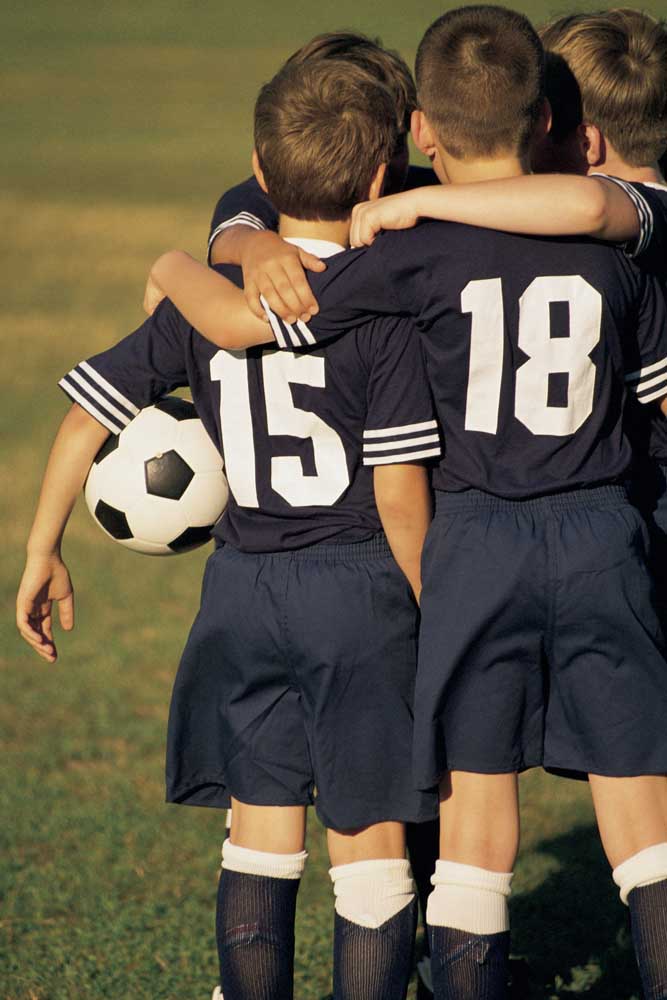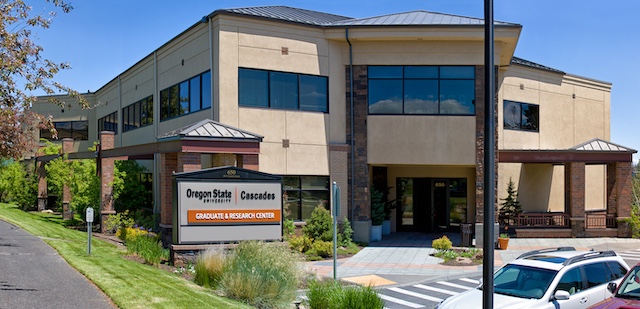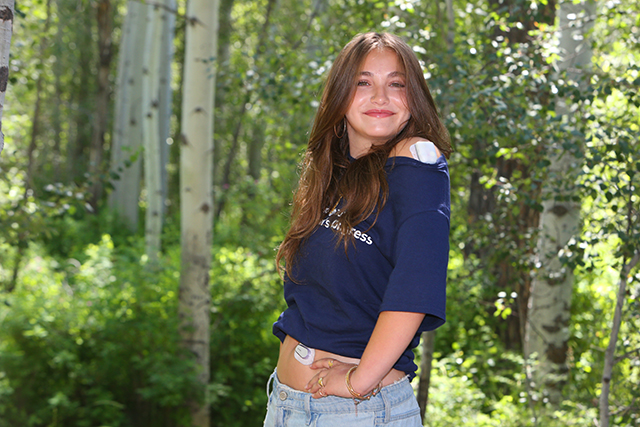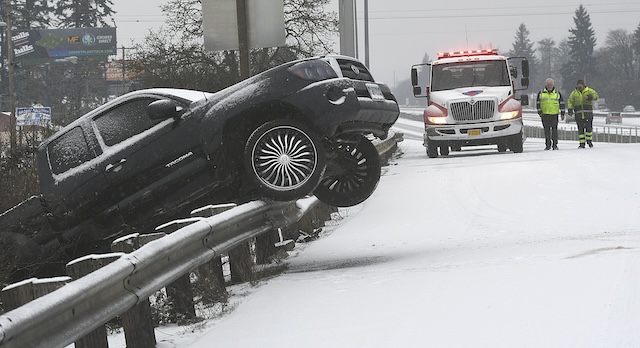The Dangerous Downside of Dedication
Published 12:00 am Saturday, October 17, 2015

- Kids in soccer huddle
Not long ago it was a given that a three-sport athlete was the quintessential king of school. In fact, it was almost unheard for a young athlete to specialize in a single sport. Now, it is relatively common for a child that shows particular promise in a sport to specialize in that activity almost exclusively.
Particularly with high-level athletes, the temptation to focus on a single sport can be tempting. After all, it seems logical that by concentrating on one spot, an athlete will only hone his or her skills. But a single-sport focus comes with significant downsides, putting a young athlete at particular risk of overuse injuries ranging from tendinitis to growth plate fractures.
“Usually, you’ll see (overuse injuries) in high-achieving athletes, and there are equal members (in that group) in both genders,” said Brock Monger, a physical therapist for Apex Physical Therapy in Madras. “It’s most common when it is a high-schooler who is really talented and that there is a potential for playing beyond high school.”
Depending on the sport, body type and age, the injuries differ. Baseball and softball players are more likely to suffer shoulder, elbow or hand injuries, for instance. But, overuse injuries are responsible for about half of all the sports-related injuries suffered by high school athletes, according to Melanie Embree, a physical therapist who owns Momentum Performance Training + Physical Therapy in Bend.
It is why most health-care professionals who deal with sports-related injuries would recommend that children, including high school-age stars, would be best served by diversifying their activities.
“Start with what professional adult athletes in your child’s sport do,” Embree said. “They all have an off-season, then take into account that a growing body is not even capable of that much.”
How much is too much?
Embree said she becomes more concerned when a child athlete focuses on a single sport for more than six months a year. That is when the risks rise, she explained.
“If I see a kid playing one sport nine months a year, I want to hear how they rest, how they prepare for the long season, and how they maintain during the long season, as well as injury history,” said Embree, adding that specialization should not be considered until at least 11th grade. “If they are playing one sport 10 to 12 months a year, I seriously question the athletes AND the parents AND the coaches. This is a red flag for me as their therapist both physically and socially. And sadly, it is almost always adult-driven.”
The good news for parents is that most overuse injuries are preventable by taking the right precautions.
Parents should ensure that their children are getting the appropriate amount of rest, both daily (teenagers should sleep eight to 10 hours a night) and by taking weeks away from an athlete’s sport of choice, Monger said. In addition, parents should pay attention to warning signs of overuse, especially if pain does not subside with typical ice and rest.
Most of all, athletes should consider taking up physical activities other than their core sport.
“The best approach is moderation in as many things as possible,” Monger said.
Monger suggests activities that differ from a child’s main sport. A basketball player might consider cycling, for instance. A baseball player might choose children’s yoga or pilates. And Central Oregon’s abundant outdoor activities, such as paddleboarding, hiking or a simple bike ride with family all can force the body to move in a new way, Monger added.
“If it’s all about performance, you can actually improve performance by doing a variety of things,” Monger emphasized. “So find an activity that is different, either subtly or largely different than the sport of choice.”
Embree agreed.
“Playing multiple sports is like cross training in that the body receives varying demands and learns varying responses,” Embree explained. “This translates into more coordination, better all-around strength and flexibility, even a broader skill set, and less mental fatigue.”
Each athlete and sport is different, of course. And that means there are no simple answers.
“If something continually gives you problems, that is not normal, regardless of what others may say,” Embree said. “Seek help to find out why and what small changes you can make before the problem prohibits playing time and forces big changes.”
Monger agreed, adding that Central Oregon is flush with doctors, physical therapists, and trainers who can really help in the long run.








